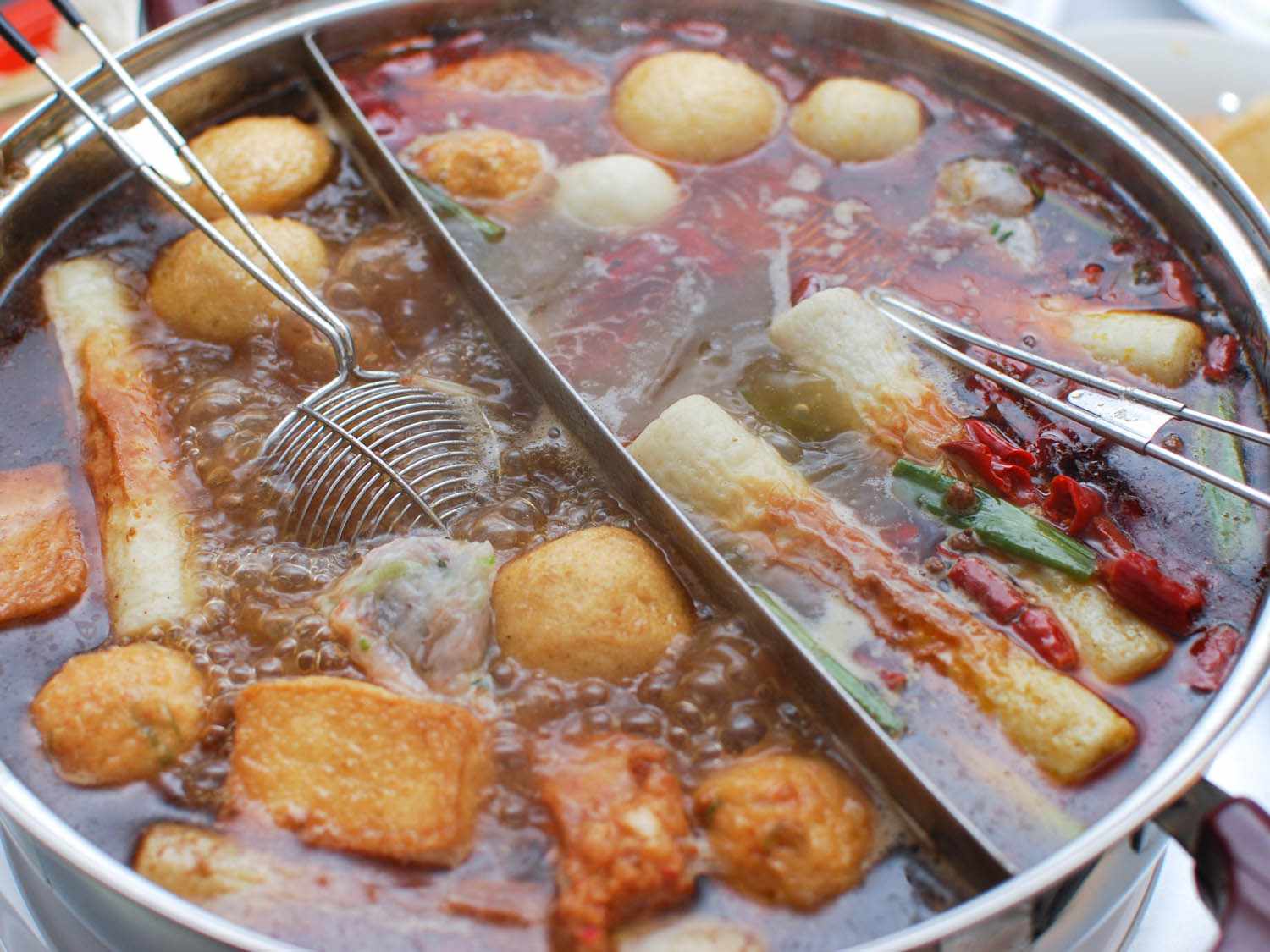

Articles
How Do You Make Hot Pot
Modified: January 7, 2024
Discover delicious hot pot recipes and learn how to make this popular dish at home. Read our informative articles and get inspired to create your own hot pot culinary masterpiece.
(Many of the links in this article redirect to a specific reviewed product. Your purchase of these products through affiliate links helps to generate commission for Storables.com, at no extra cost. Learn more)
Introduction
Hot pot is a popular and delicious communal food experience that originated in China but has gained popularity around the world. It is a unique dining experience where everyone gathers around a simmering pot of flavored broth and cooks various ingredients to their liking. The broth and the ingredients create a rich and flavorful meal that is both comforting and satisfying.
Hot pot is not only a tasty meal but also an enjoyable social activity. Sitting around the hot pot table, friends and family can engage in lively conversations while cooking and sharing food. From selecting the ingredients to cooking them in the broth, every step is part of the interactive experience that brings people together.
In this article, we will explore the world of hot pot and provide you with a comprehensive guide on how to make a delicious hot pot meal at home. You don’t have to be an expert chef to enjoy hot pot; with a few simple steps and some fresh ingredients, you can create an unforgettable dining experience in the comfort of your own home.
We will cover everything from selecting the right ingredients to preparing the broth and choosing the seasonings. We’ll also guide you through the process of slicing and prepping the meat and seafood, preparing the vegetables and tofu, and setting up the hot pot table. Additionally, we’ll provide tips on how to cook the ingredients and enjoy the hot pot experience to the fullest.
Whether you’re new to hot pot or a seasoned hot pot lover, this article aims to equip you with the knowledge and inspiration to create your own hot pot feast. So, let’s dive into the world of hot pot and discover the art of making this delightful and interactive meal.
Key Takeaways:
- Hot pot is more than just a meal; it’s an immersive and enjoyable dining experience that brings people together. From selecting quality ingredients to engaging in meaningful conversations, hot pot creates lasting connections and cherished memories.
- The art of making hot pot involves careful ingredient selection, flavorful broth preparation, and communal cooking. It’s a leisurely dining experience that encourages exploration, appreciation of freshness, and the creation of shared memories.
Read more: How Do You Do Hot Pot
Selecting Hot Pot Ingredients
When it comes to hot pot, the key to a delicious and satisfying meal is selecting the right ingredients. The great thing about hot pot is that you have the flexibility to choose a variety of meats, seafood, vegetables, and tofu based on your preferences. Here are some tips for selecting the best ingredients for your hot pot:
- Meat: Choose a combination of thinly sliced meats such as beef, pork, and lamb. Look for cuts that are well-marbled and have a good balance of lean meat and fat, as the fat adds flavor and richness to the broth.
- Seafood: Opt for fresh and high-quality seafood like shrimp, scallops, fish fillets, and squid. These can be easily cooked in the hot pot broth and add a delightful taste to the meal.
- Vegetables: A variety of vegetables can be added to the hot pot. Consider leafy greens like spinach and bok choy, mushrooms (shiitake, enoki, oyster), cabbage, carrots, and radishes. These vegetables not only provide nutritional value but also add texture and freshness to the hot pot.
- Tofu and Soy Products: Tofu is a staple in hot pot and can be found in various forms such as firm tofu, tofu skin, and tofu balls. You can also include other soy-based products like soybean sprouts, tofu puffs, and fermented tofu for added variety and taste.
When selecting ingredients, always prioritize freshness. Fresh ingredients will enhance the flavor and overall experience of your hot pot. It’s also important to consider any dietary preferences or restrictions of your guests, such as vegetarian or gluten-free options.
It can be fun to experiment with different combinations of ingredients to create your own unique hot pot experience. Don’t be afraid to get creative and try new flavors! Remember, the key is to have a good balance of ingredients that will complement the hot pot broth and create a delicious and satisfying meal.
Preparing Hot Pot Broth
The hot pot broth is the heart and soul of the hot pot experience. It is the base in which all the ingredients are cooked, infusing them with flavor and creating a delicious broth to enjoy alongside the cooked items. Here’s how you can prepare a flavorful hot pot broth:
- Choosing the Base: The first step in preparing the hot pot broth is choosing the base. There are several options to consider, such as chicken broth, vegetable broth, or even a spicy Sichuan broth. You can also create a custom flavor by combining different bases or using a pre-made hot pot soup mix.
- Adding Aromatics: Aromatics like garlic, ginger, and scallions can add depth and fragrance to the broth. Crush a few cloves of garlic, slice some ginger, and chop up some scallions. Sauté them in a little oil to release their flavors before adding them to the broth.
- Choosing Seasonings: Seasonings play a crucial role in enhancing the taste of the hot pot broth. Common seasonings include soy sauce, oyster sauce, sesame oil, and Chinese five-spice powder. You can also add chili oil or chili flakes if you prefer a spicy kick.
- Adjusting the Saltiness: Take care when adding salt to the broth, as some of the ingredients that will be cooked in the hot pot can be naturally salty. It’s best to start with a small amount of salt and adjust as needed throughout the cooking process.
- Simmering the Broth: Once you’ve prepared the broth, bring it to a simmer in a large pot or a hot pot cooker. Let it simmer gently for at least 15-20 minutes to allow the flavors to meld together. This simmering process will infuse the broth with the aromatics and seasonings.
Remember, hot pot broth is subjective, and you can adjust the flavors to suit your taste preferences. If you prefer a stronger flavor, you can simmer the broth for a longer time or add more seasonings. Conversely, if you enjoy a lighter broth, you can reduce the amount of seasonings and aromatics.
Once the hot pot broth is ready, you can transfer it to the hot pot table and begin the cooking process. Keep the broth simmering throughout the meal to ensure that the flavors remain vibrant. As you cook different ingredients in the broth, it will continue to enhance the overall taste of the hot pot.
Preparing a flavorful hot pot broth is the foundation of a successful hot pot experience. It sets the stage for the delectable flavors and creates a comforting and aromatic atmosphere around the hot pot table.
Choosing Hot Pot Seasonings
Hot pot seasonings are an essential component of the hot pot experience. They allow you to customize the flavors of your hot pot and enhance the taste of the cooked ingredients. From savory to spicy, here are some popular hot pot seasonings to consider:
- Soy Sauce: Soy sauce is a classic hot pot seasoning that adds a rich umami flavor to the broth and ingredients. You can use regular soy sauce or opt for low-sodium soy sauce if you prefer a milder taste.
- Dipping Sauces: Dipping sauces are a fantastic way to level up your hot pot experience. Some popular dipping sauce options include sesame sauce, peanut sauce, and spicy chili oil. Preparing a variety of dipping sauces allows each person to customize their own flavors.
- Chili Oil: For those who enjoy a spicy kick, chili oil is a must-have hot pot seasoning. It adds a fiery and robust flavor to the broth and ingredients, giving your hot pot a bold and satisfying kick.
- Vinegar: Vinegar provides a tangy and refreshing contrast to the rich flavors of the hot pot. You can use black vinegar or rice vinegar to add a hint of sourness to the broth and help balance the overall taste.
- Sesame Oil: Sesame oil adds a nutty and aromatic flavor to the hot pot. Just a drizzle of sesame oil can elevate the taste of your cooked ingredients and enhance the overall dining experience.
- Cilantro and Green Onions: Fresh cilantro and green onions are common garnishes for hot pot. They add a pop of freshness and vibrant flavors to the hot pot, enhancing the taste and presentation of the dish.
When it comes to seasoning, there are no hard and fast rules. The beauty of hot pot is that you have the freedom to experiment and customize the flavors to your liking. Feel free to mix and match different seasonings, adjust the quantities, and discover your own perfect combination.
It’s also a good idea to provide a variety of seasonings and condiments on the hot pot table so that everyone can personalize their hot pot experience. This way, each person can create their own unique dipping sauces and flavor combinations.
Remember, the seasoning choices should complement the hot pot broth and enhance the flavors of the ingredients without overpowering them. Striking the right balance will elevate your hot pot experience and make it a memorable and tasty meal.
Slicing and Prepping Meat and Seafood
One of the joys of hot pot is the ability to cook and savor fresh slices of meat and seafood. Properly slicing and prepping these ingredients is essential to ensure they cook evenly and retain their tenderness and flavor. Here are some tips for slicing and prepping meat and seafood for your hot pot:
- Meat: Choose cuts of meat that are tender and well-marbled, such as thinly sliced beef, pork, and lamb. To make slicing easier, partially freeze the meat for about 20-30 minutes, as this firms it up and makes it easier to achieve thin, even slices.
- Seafood: Select fresh seafood like shrimp, scallops, and fish fillets. For larger seafood items like shrimp, you can leave the shells on for added flavor while cooking. To make them easier to handle, you can also devein and remove the shells before cooking.
- Slicing Technique: When slicing meat and seafood, aim for thin and uniform slices. This ensures that the ingredients cook quickly and evenly in the hot pot. Using a sharp knife, slice against the grain of the meat for maximum tenderness.
- Marinating: Marinating meat and seafood can add additional flavor to your hot pot. You can marinate the slices in a mixture of soy sauce, garlic, ginger, and other seasonings for about 30 minutes before cooking. This allows the flavors to seep into the meat and seafood, enhancing their taste.
- Arranging on Plates: After slicing and marinating, arrange the meat and seafood neatly on separate plates. This makes it easier for everyone to grab their desired ingredients and also prevents cross-contamination on the hot pot table.
Remember, because hot pot is a communal dining experience, it’s essential to respect everyone’s dietary preferences and restrictions. If you have guests who do not consume certain types of meat or seafood, make sure to provide alternative options, such as vegetarian-friendly proteins or additional vegetable choices.
Preparing and slicing the meat and seafood ahead of time not only saves time during the hot pot meal but also allows everyone to focus on the cooking and enjoyment of the experience. It ensures that the ingredients are ready to be cooked and enjoyed to their fullest potential.
With these tips in mind, you’ll be able to slice and prep your meat and seafood for the hot pot, resulting in a delicious and satisfying meal that everyone can enjoy.
Prepare a flavorful broth by combining chicken or vegetable stock with aromatics like ginger, garlic, and green onions. Customize your hot pot with a variety of fresh meats, seafood, and vegetables for a delicious and interactive dining experience.
Read more: How To Do Hot Pot In Instant Pot
Preparing Vegetables and Tofu
In addition to meat and seafood, vegetables and tofu are integral components of a hot pot feast. They add freshness, texture, and variety to the meal. Here are some tips for preparing vegetables and tofu for your hot pot:
- Vegetables: Wash and clean your vegetables thoroughly before preparing them. Consider a variety of vegetables such as leafy greens, mushrooms, cabbage, carrots, and radishes. Cut them into bite-sized pieces to ensure they cook quickly and evenly in the hot pot.
- Tofu: Tofu is a versatile ingredient that can be found in various forms. Firm tofu is commonly used in hot pot because it holds its shape well. Cut the tofu into small cubes or rectangular slices so that they are easy to handle and cook in the hot pot.
- Tofu Skin and Balls: Tofu skin, also known as bean curd sheets, is a popular component in hot pot. It absorbs the flavors of the broth nicely. Cut the tofu skin into smaller rectangular pieces for easy handling. You can also find pre-made tofu balls or fish balls that can be added directly to the hot pot.
- Blanching Leafy Greens: Leafy greens like spinach and bok choy are delicious additions to the hot pot. To prepare them, blanch them briefly in boiling water before adding them to the hot pot. This helps to retain their bright green color and crisp texture.
- Vegetable Dipping Sauces: Consider serving a variety of dipping sauces specifically tailored for the vegetables. These can include sesame sauce, garlic sauce, or even a tangy vinaigrette. These dips add extra flavor to the vegetables and enhance their taste.
When it comes to hot pot, the possibilities are endless. Don’t be afraid to get creative with your vegetable selection. You can also include other vegetables like bean sprouts, lotus root, or even corn on the cob to add more variety to your hot pot feast.
Remember to keep the vegetables and tofu separate from the meat and seafood to accommodate vegetarian guests or those with dietary restrictions. This ensures that everyone can enjoy the hot pot experience to the fullest.
By properly preparing and arranging the vegetables and tofu, you can create a visually appealing hot pot spread that offers a balance of flavors and textures. The combination of fresh vegetables and delicious tofu will elevate your hot pot experience and provide a delightful and satisfying meal for all.
Setting Up the Hot Pot Table
The hot pot table setup is an important part of the overall hot pot experience. It creates an inviting and communal atmosphere where everyone can gather and enjoy the meal together. Here are some key elements to consider when setting up your hot pot table:
- Hot Pot Cooker: Start by placing the hot pot cooker in the center of the table. This is where the hot pot broth will be simmering throughout the meal. Make sure it is stable and positioned safely to avoid any accidents.
- Hot Pot Ingredients: Arrange the plates of sliced meats, seafood, vegetables, tofu, and other ingredients around the hot pot cooker. This makes it convenient for everyone to access the ingredients they want to cook.
- Utensils: Set out a variety of utensils such as long chopsticks, tongs, ladles, and strainers. These will be used for cooking and retrieving ingredients from the hot pot. Make sure there are enough utensils for everyone to use comfortably.
- Bowls and Plates: Provide individual bowls and plates for each person to use. These can be used for taking portions of cooked ingredients or holding dipping sauces. Additionally, have small individual sauce dishes or ramekins for personal dipping sauces.
- Hot Pot Ladles and Skimmers: Place a few ladles and skimmers next to the hot pot cooker. These are essential for skimming off any impurities that float to the surface of the broth and ensuring a clean and clear soup.
- Napkins and Wet Towels: Have plenty of napkins or wet towels available for guests to clean their hands and utensils throughout the meal, as hot pot can be a hands-on dining experience.
- Beverages: Serve a variety of beverages, including water, tea, or other refreshing drinks, to keep everyone hydrated during the hot pot meal.
- Ambiance: Consider setting the mood with appropriate lighting and background music. Dim lighting or candlelight can create a cozy and intimate atmosphere. Chinese instrumental music or soft background tunes can enhance the dining experience.
Moreover, don’t forget to have a conversation starter or game handy to keep the interactions flowing and the atmosphere lively and engaging.
Setting up the hot pot table properly ensures that everyone can enjoy a seamless and enjoyable dining experience. It promotes sharing, conversation, and bonding as everyone gathers around the hot pot to cook, eat, and connect with each other.
With the table set and the ambiance just right, it’s time to start cooking and savoring the delicious hot pot meal!
Cooking Hot Pot
Now that the hot pot table is set up and ready, it’s time to begin the cooking process. Cooking hot pot is a fun and interactive experience that allows everyone to participate in the preparation of their own meal. Here’s a step-by-step guide on how to cook hot pot:
- Bring the Broth to a Simmer: Start by ensuring that the hot pot broth is gently simmering in the hot pot cooker. This maintains the temperature and allows the flavors to meld together.
- Add Ingredients to the Hot Pot: Begin by adding a few slices of meat, seafood, or vegetables to the hot pot. Dip them into the simmering broth and let them cook for a few seconds until they are cooked to your desired level of doneness.
- Cooking Time: The cooking time may vary depending on the ingredients and personal preferences. Thinly sliced meat and seafood usually cook within seconds, while denser vegetables may take a bit longer. Adjust the cooking time accordingly, ensuring that the ingredients are fully cooked but not overcooked.
- Retrieve Ingredients: Once the ingredients are cooked, use the long chopsticks or a skimmer to fish them out of the hot pot. Shake off any excess broth before placing them onto individual plates or bowls.
- Dipping Sauces: Dip the cooked ingredients into your desired dipping sauces to add extra flavor and enjoyment. You can also add some garnishes, such as chopped green onions or cilantro, to enhance the taste.
- Repeat and Share: Continue cooking and enjoying the hot pot experience by adding more ingredients to the hot pot as needed. Encourage everyone at the table to share and cook their favorite ingredients, creating a communal and interactive dining experience.
- Monitor the Broth: Throughout the hot pot meal, keep an eye on the broth and make sure it remains at a gentle simmer. Adjust the heat if necessary and replenish the broth if it starts to reduce too much.
Remember, part of the fun of hot pot is the experimentation and customization. Feel free to try different combinations of ingredients and flavors to find your favorite combinations.
Additionally, it’s important to practice good food safety. Use separate utensils or cook your ingredients fully if you have guests with dietary restrictions or if there are shared ingredients that might cause cross-contamination.
Enjoy the process of cooking hot pot and savoring the flavors as each ingredient is cooked to perfection. The communal aspect of sharing and cooking together makes hot pot not just a meal but a memorable experience.
Enjoying Hot Pot
Hot pot isn’t just about the delicious food; it’s also about the experience and enjoyment that comes with it. As you gather around the hot pot table with friends and family, here are some tips for fully immersing yourself in the hot pot dining experience:
- Engage in Conversation: Hot pot provides the perfect opportunity for meaningful conversations and connections. Take the time to engage in lively discussions, share stories, and laugh together while enjoying the meal. The communal setting of hot pot encourages bonding and creating lasting memories.
- Try New Flavors: Hot pot is all about exploration and trying new flavors. Be adventurous and sample different combinations of ingredients, seasonings, and dipping sauces. Step out of your culinary comfort zone and embrace the unique tastes that hot pot has to offer.
- Appreciate the Freshness: Hot pot highlights the freshness of the ingredients. Take a moment to appreciate the vibrant colors, textures, and flavors of the carefully selected meats, seafood, vegetables, and tofu in front of you. Enjoy the natural goodness of the ingredients as they cook in the flavorful broth.
- Take Your Time: Hot pot is a leisurely dining experience, so there’s no rush. Take your time to savor each bite and fully enjoy the flavors. Allow the conversation to flow and the experience to unfold at its own pace, creating a relaxing and enjoyable mealtime.
- Share and Create Memories: Hot pot is meant to be shared, so don’t be afraid to pass plates of cooked ingredients around the table and share the experience with everyone. Encourage each other to try different combinations and discuss your favorite flavor combinations. These collective moments create cherished memories that will be remembered long after the meal is finished.
- Stay Hydrated: Hot pot broth can be rich and flavorful, so it’s important to stay hydrated throughout the meal. Have water, tea, or other refreshing beverages readily available to quench your thirst and cleanse your palate between bites.
Lastly, don’t forget to express gratitude for the delicious hot pot meal and the company of your loved ones. The shared experience of enjoying hot pot together is a special occasion worth appreciating.
Hot pot brings people together, nourishes the body and soul, and creates lasting connections. So, sit back, relax, and immerse yourself in the delightful experience of enjoying hot pot with your friends and family.
Read more: How To Make Mongolian Hot Pot
Conclusion
Hot pot is more than just a meal; it’s an immersive and enjoyable dining experience that brings people together. From selecting the ingredients to preparing the broth, slicing and prepping meat and seafood, preparing vegetables and tofu, and setting up the hot pot table, every step contributes to creating a memorable and delicious hot pot meal.
By carefully choosing the right ingredients, such as quality meats, fresh seafood, a variety of vegetables, and tofu, you can tailor the hot pot to suit your taste preferences. The hot pot broth sets the foundation for flavor, with the addition of aromatics and seasonings adding depth and richness.
Properly slicing and prepping the meat and seafood ensures that they cook evenly and retain their tenderness and flavor. Additionally, preparing the vegetables and tofu allows for a balanced and colorful hot pot feast. Setting up the hot pot table creates a welcoming and communal atmosphere, setting the stage for an enjoyable dining experience.
As you cook and enjoy the hot pot, engage in conversations, try new flavors, and appreciate the freshness of the ingredients. Take your time, share the experience with others, and create lasting memories around the hot pot table.
Ultimately, hot pot brings people together, encouraging connection, laughter, and the joy of shared moments. So, gather your loved ones, embrace the experience, and enjoy the delightful journey of hot pot – a meal that not only nourishes the body but also warms the heart.
Frequently Asked Questions about How Do You Make Hot Pot
Was this page helpful?
At Storables.com, we guarantee accurate and reliable information. Our content, validated by Expert Board Contributors, is crafted following stringent Editorial Policies. We're committed to providing you with well-researched, expert-backed insights for all your informational needs.
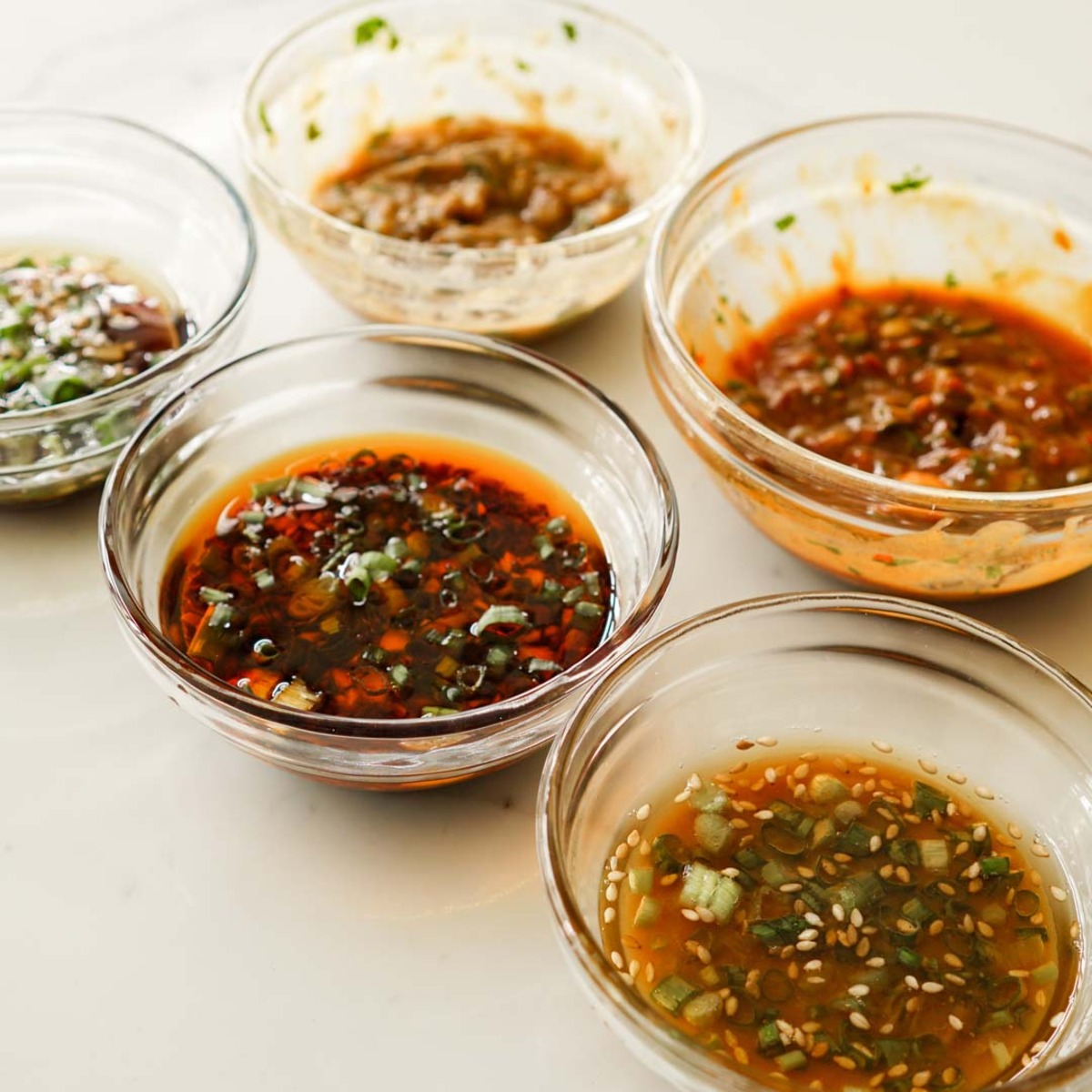
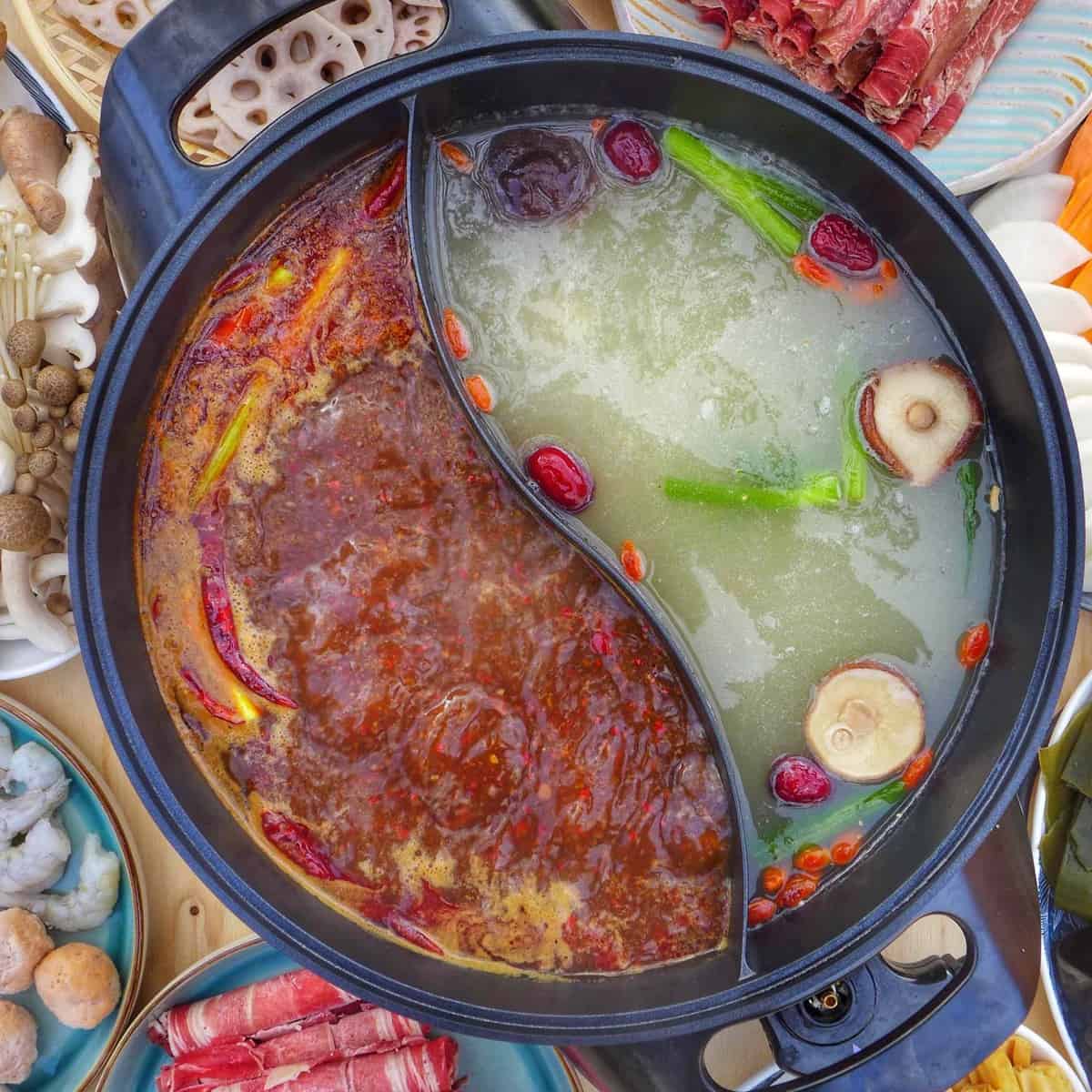
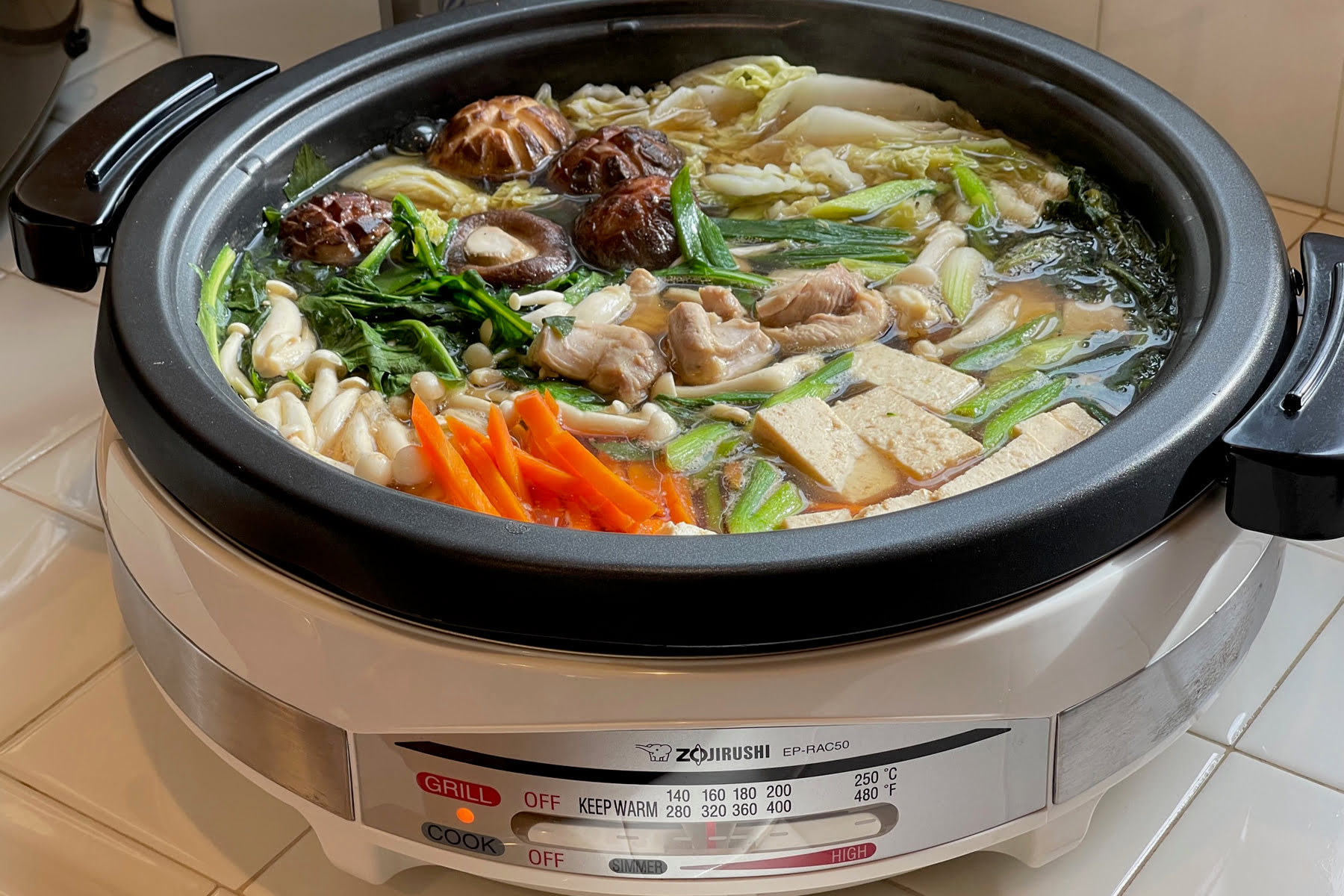

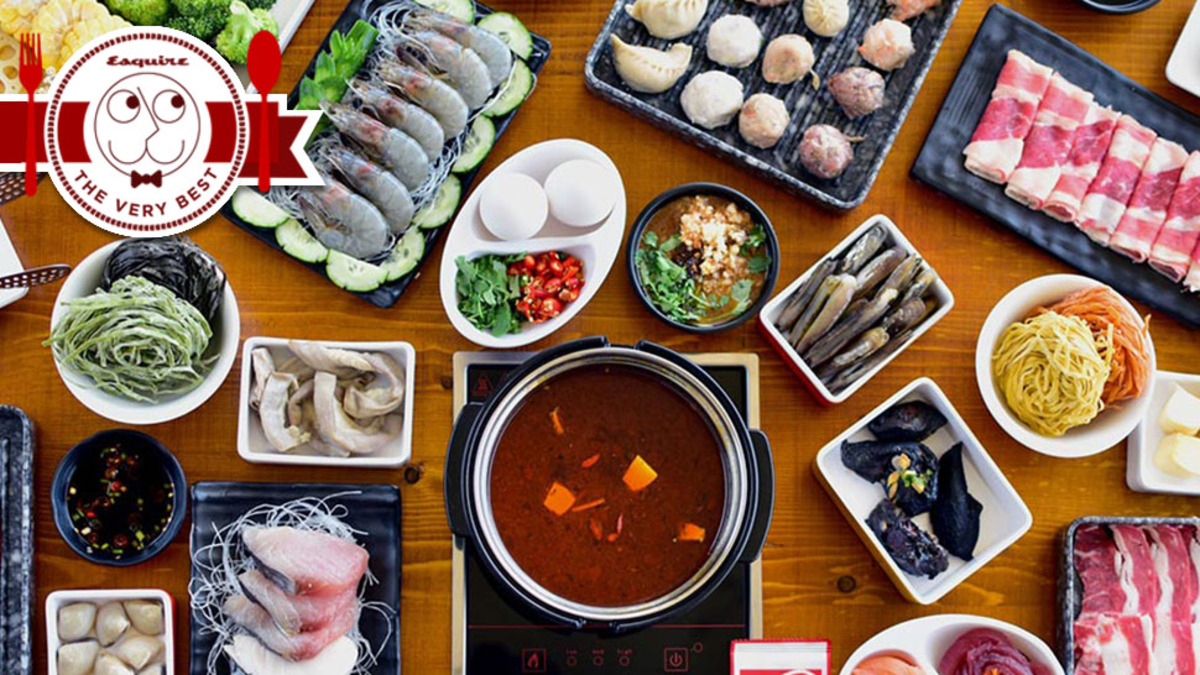
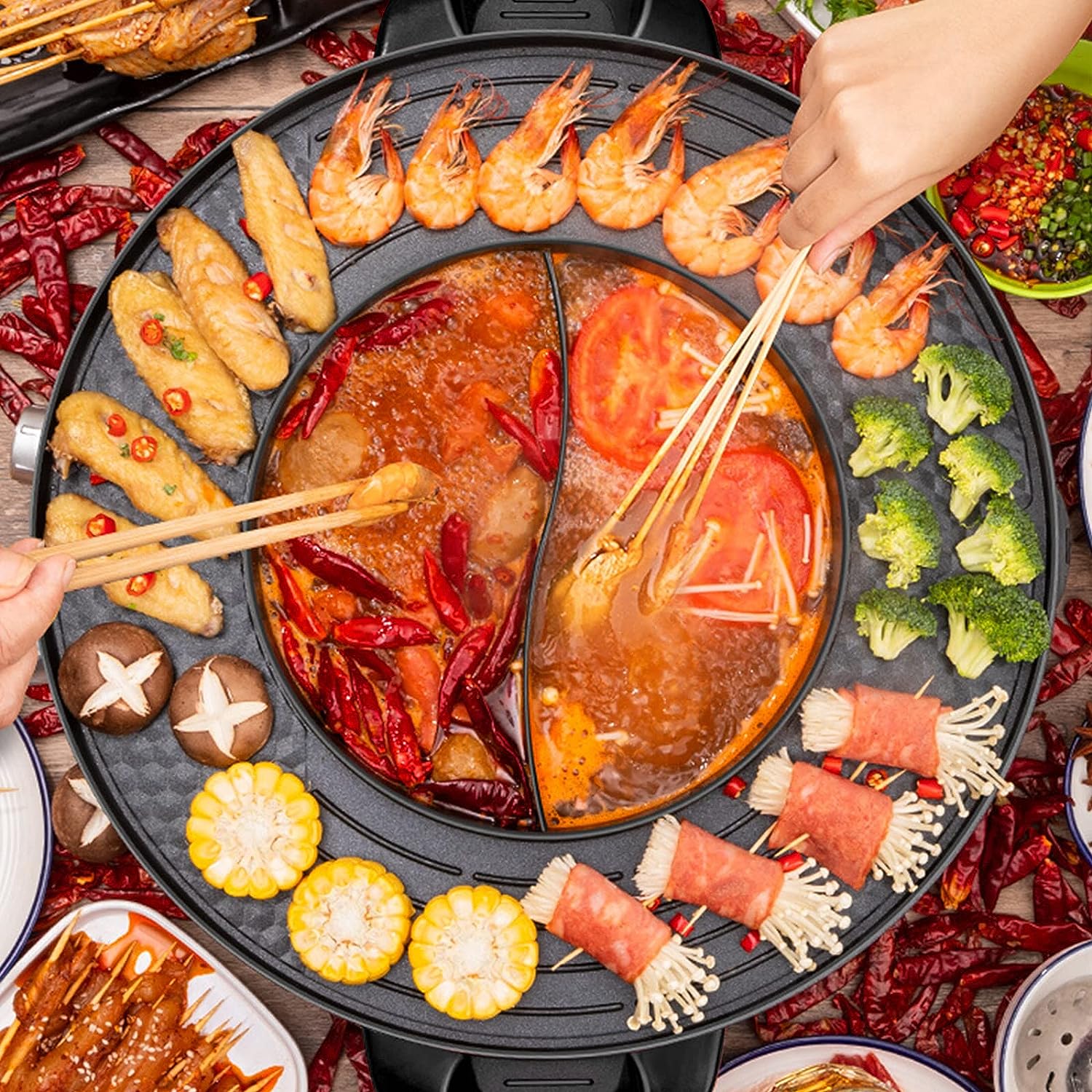
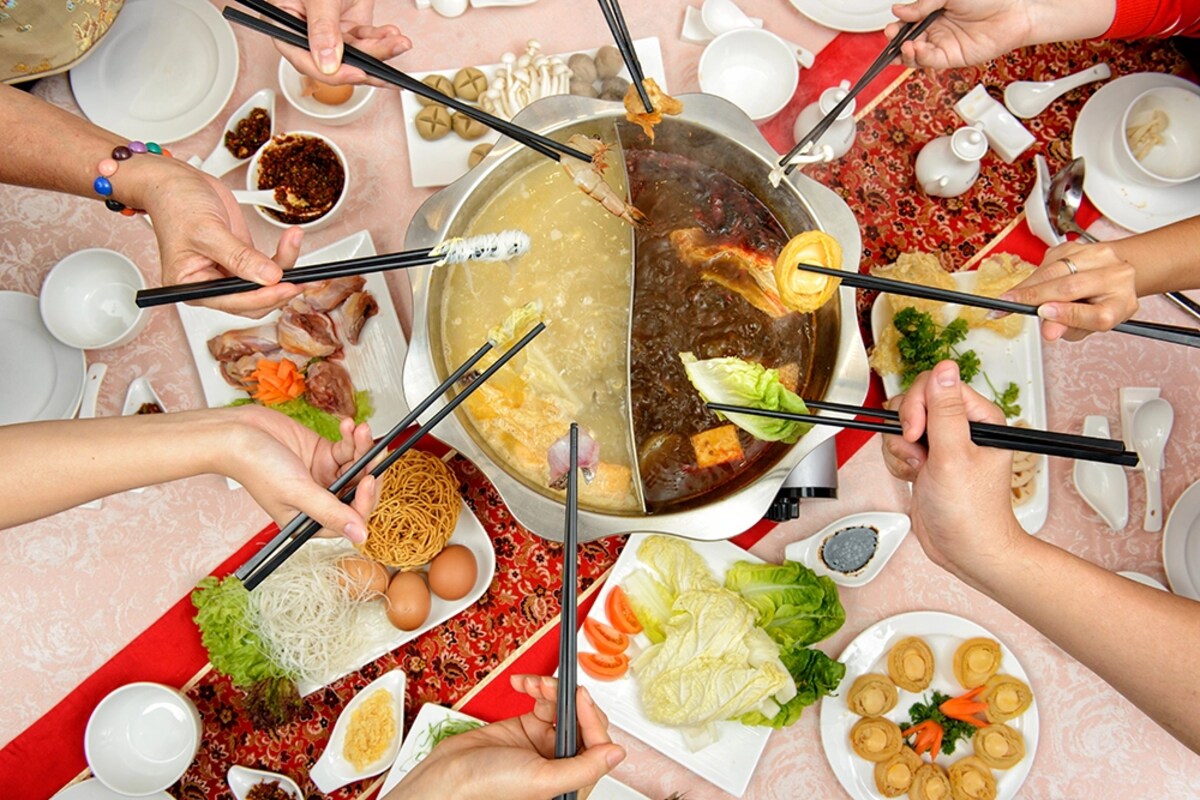
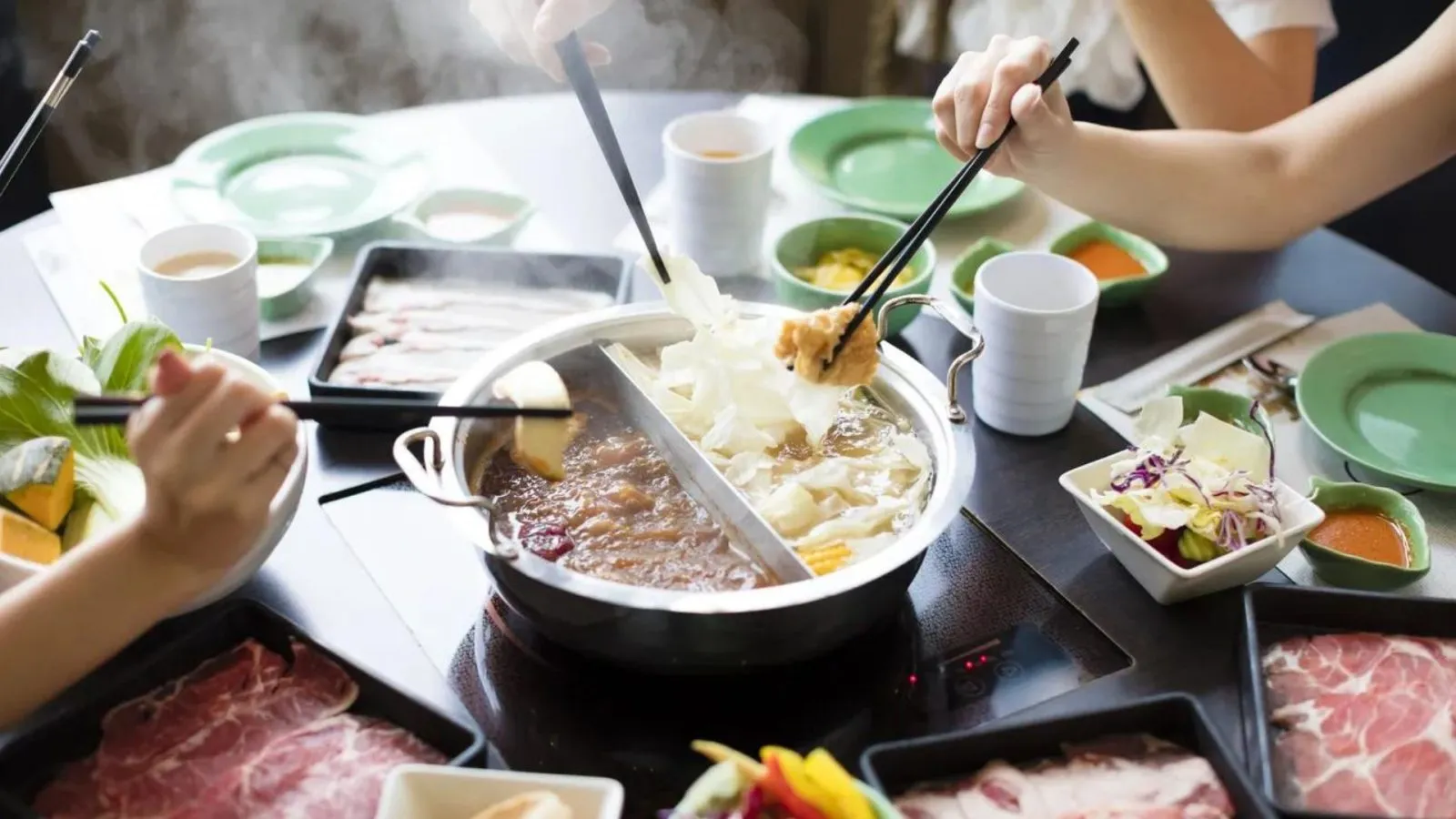

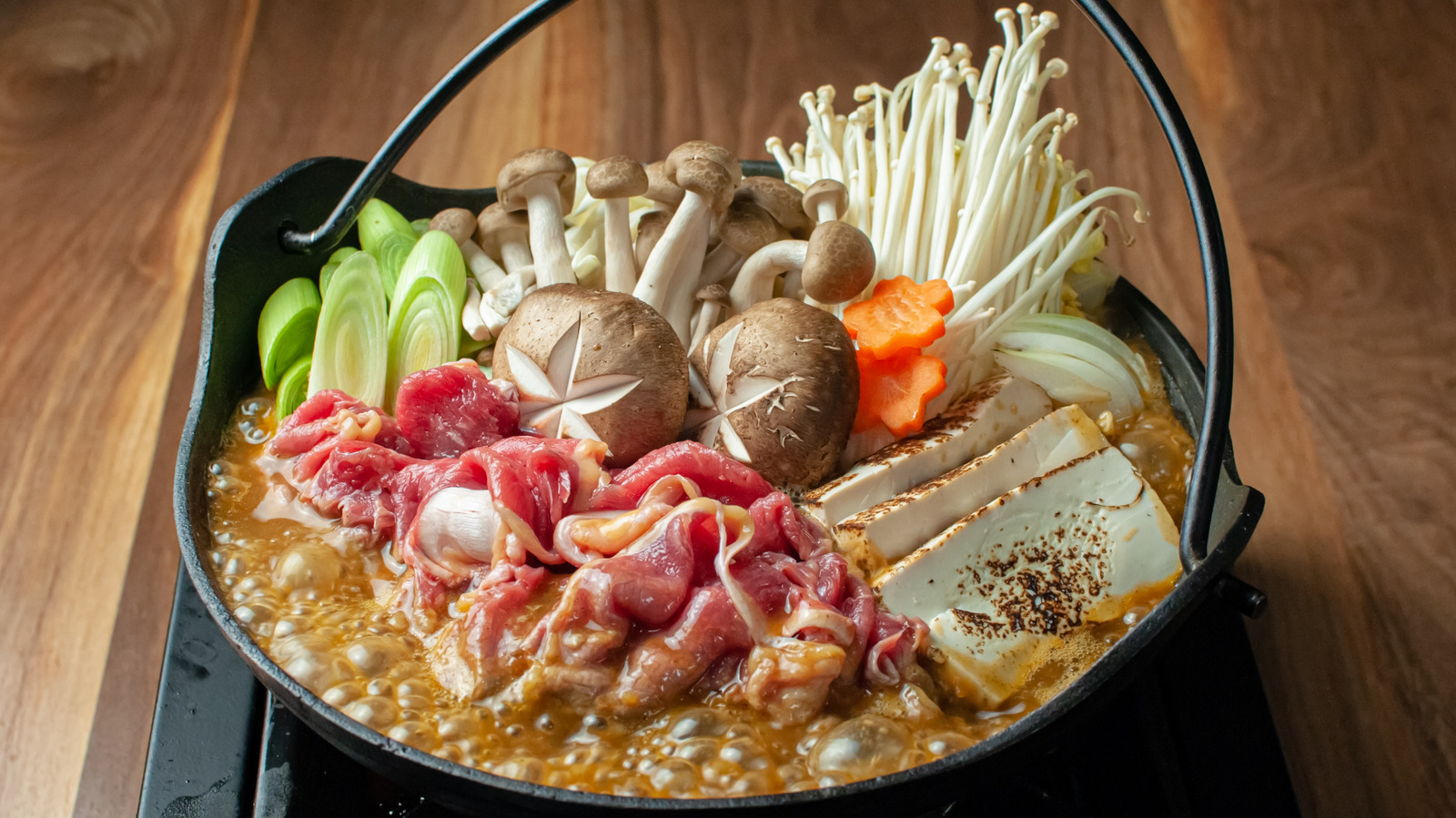
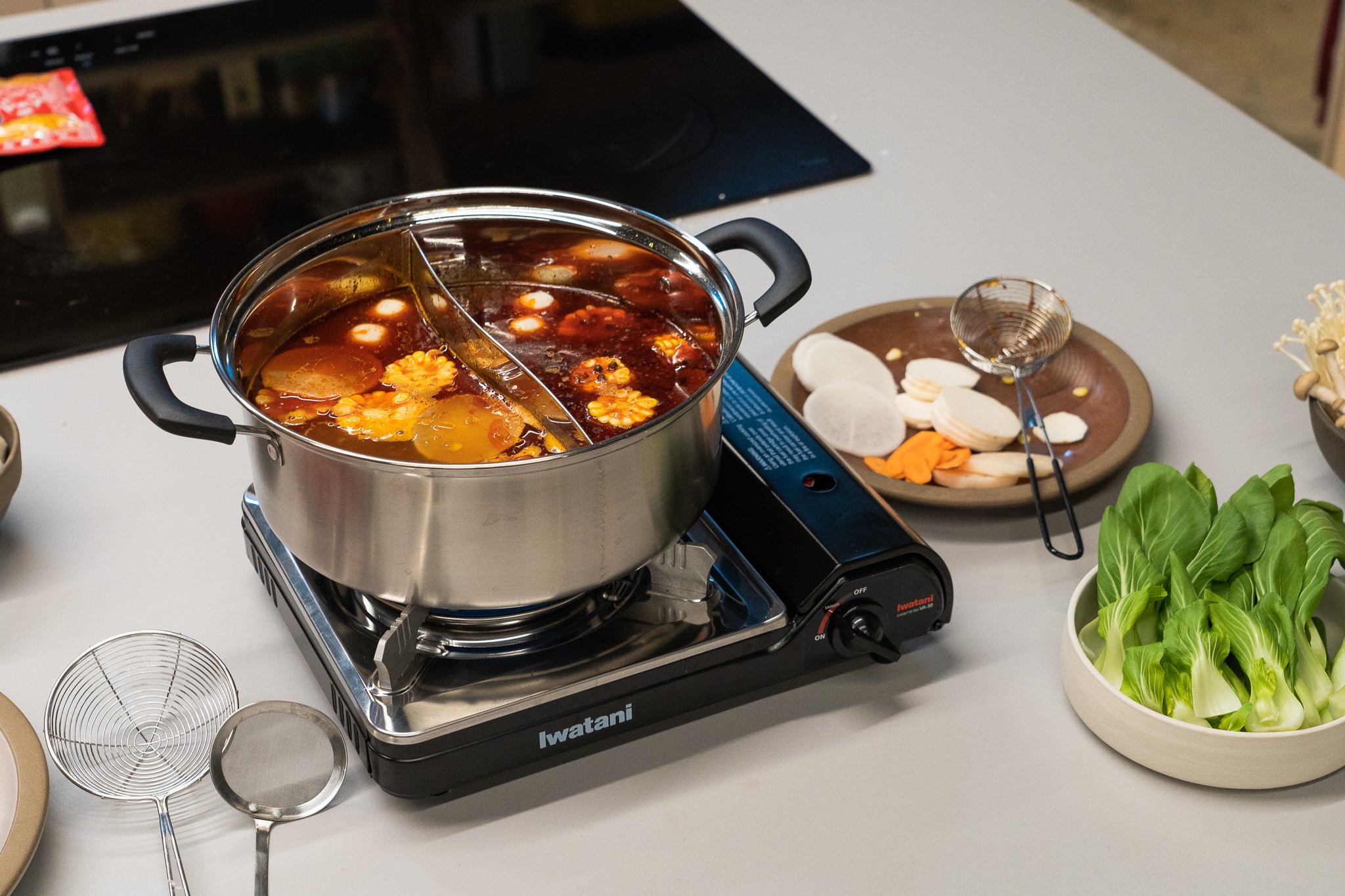
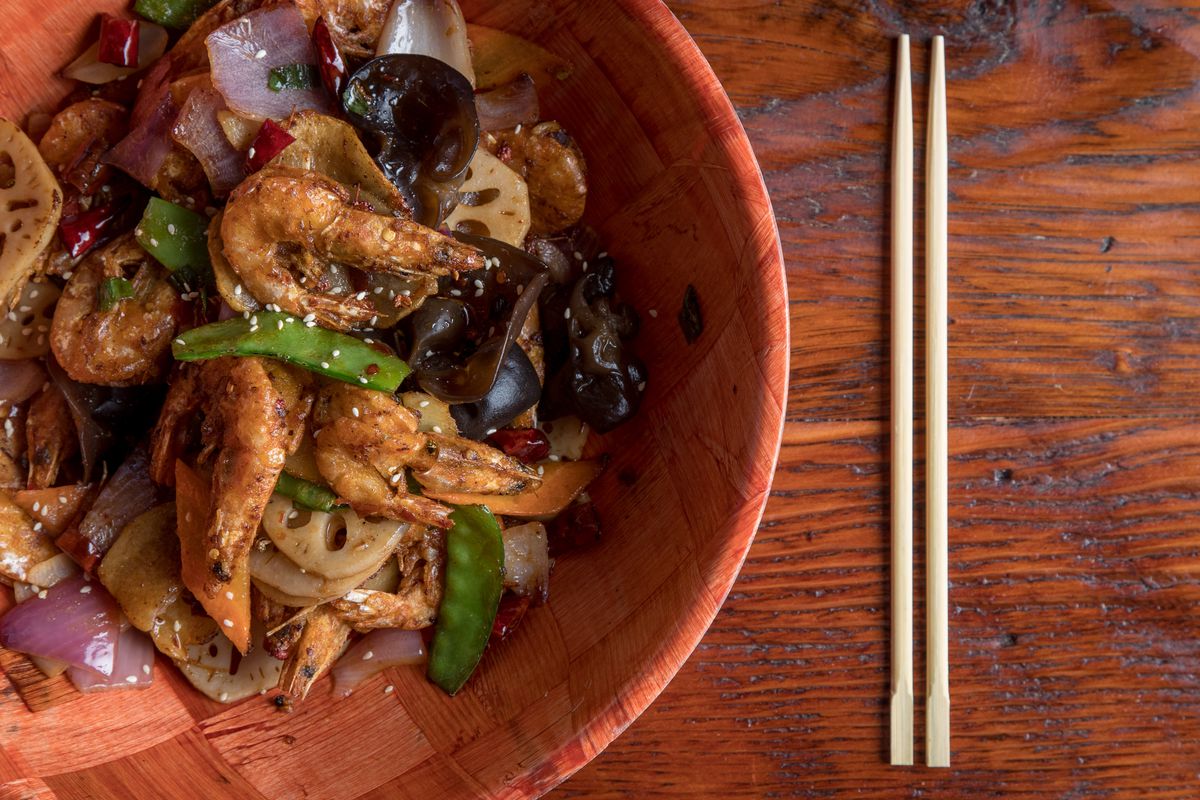
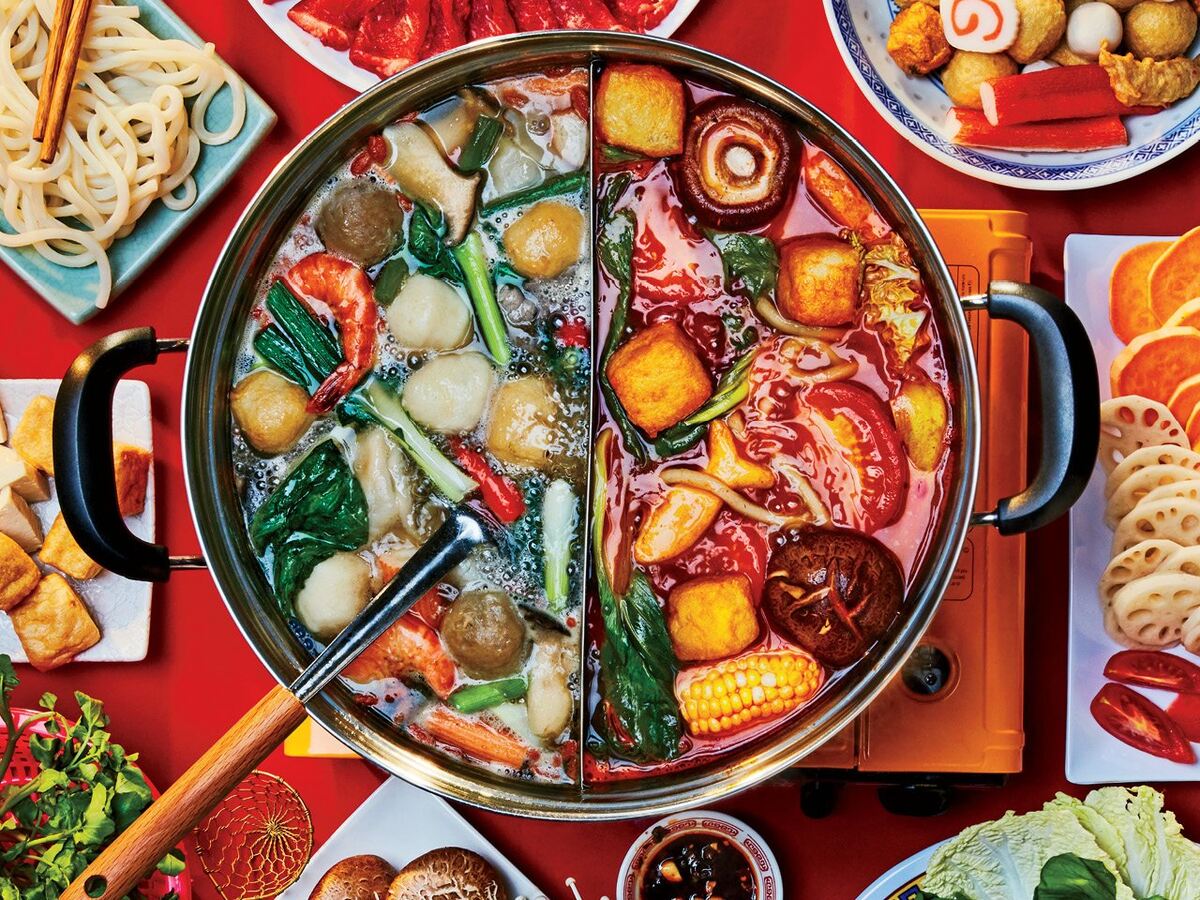

0 thoughts on “How Do You Make Hot Pot”